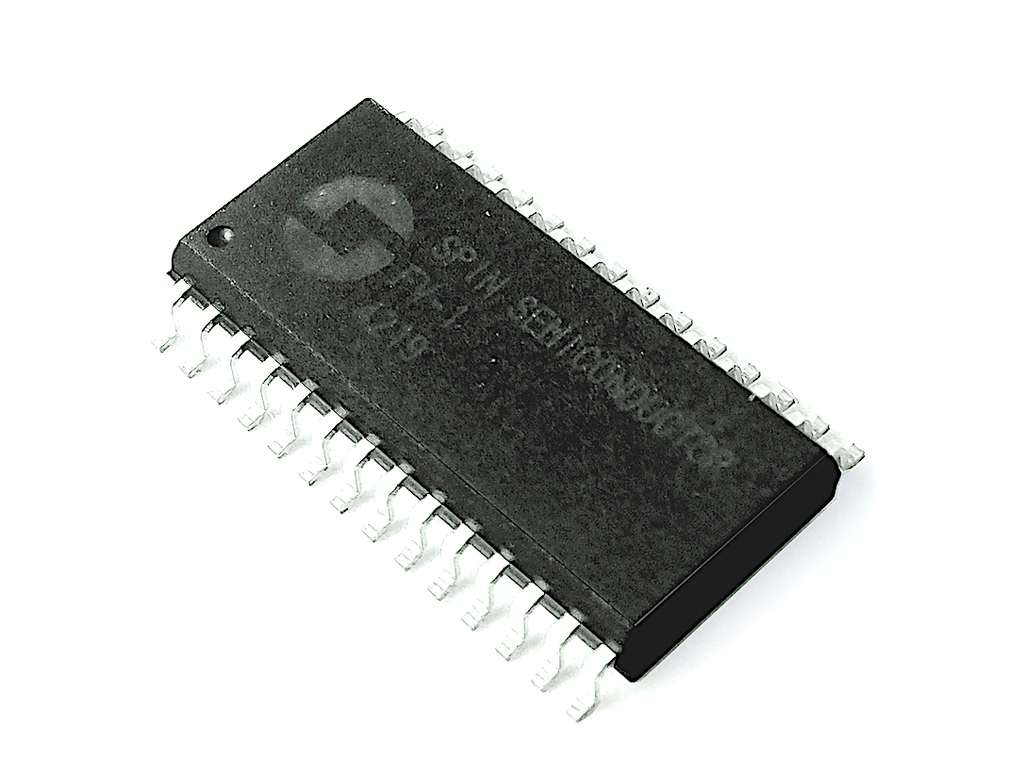- in Production by Bobby Owsinski
The Revolutionary Audio Chip Inside All Your Pedals

Something that I wasn’t aware of until recently is that most spatial effects guitar pedals are built around the same DSP chip. That’s not unusual in itself since so many audio devices are built around basically the same chip sets, but the source of this particular one, called the FV-1, is a surprise.
The FV-1 came from Spin Semiconductor, and was the brainchild of Keith Barr, who’s responsible for home recording as we know it.
How, you ask? Keith was one of the founders of Alesis, a company that first brought inexpensive digital reverb to the masses in the 1990s, then again with home recording with the release of the ADAT. The idea of a tape-based digital recorder might seem passe today, but it was a groundbreaker back when it was released as it gave every musician the ability to record at home instead of an expensive tape-based studio. The same forethought was true for Keith’s FV-1 chip.
Keith was one of the first engineers to realize the importance of the ASIC (Application Specific Integrated Circuit), and based all of the Alesis devices around custom chips that he designed. This lead to his own semiconductor company, which lead to the development of the FV-1.
After having some success with guitar pedals in his first company, MXR, Keith knew what guitar pedals needed in order to take them to the next level. The FV-1 chip was created to be highly customizable, which engineers loved, and guitar and keyboard players loved the results.
Keith Barr sadly passed away in 2010, but his final innovation, the FV-1 chip, lives on in many recordings made today. Some of the current pedals using the device include the SSD Atom Smasher, Chase Bliss Audio Mood, Walrus Audio Arp 87, Keeley Electronics Absolüte Würst, and Collision Devices Black Hole Symmetry.
You can read more about Keith and the FV-1 in this great Reverb article, and about the great Keith Barr here.
